I took a longevity fitness test—here are the five things it taught me about my body
My results were mixed, but this was a powerful reminder of how exercise impacts healthspan
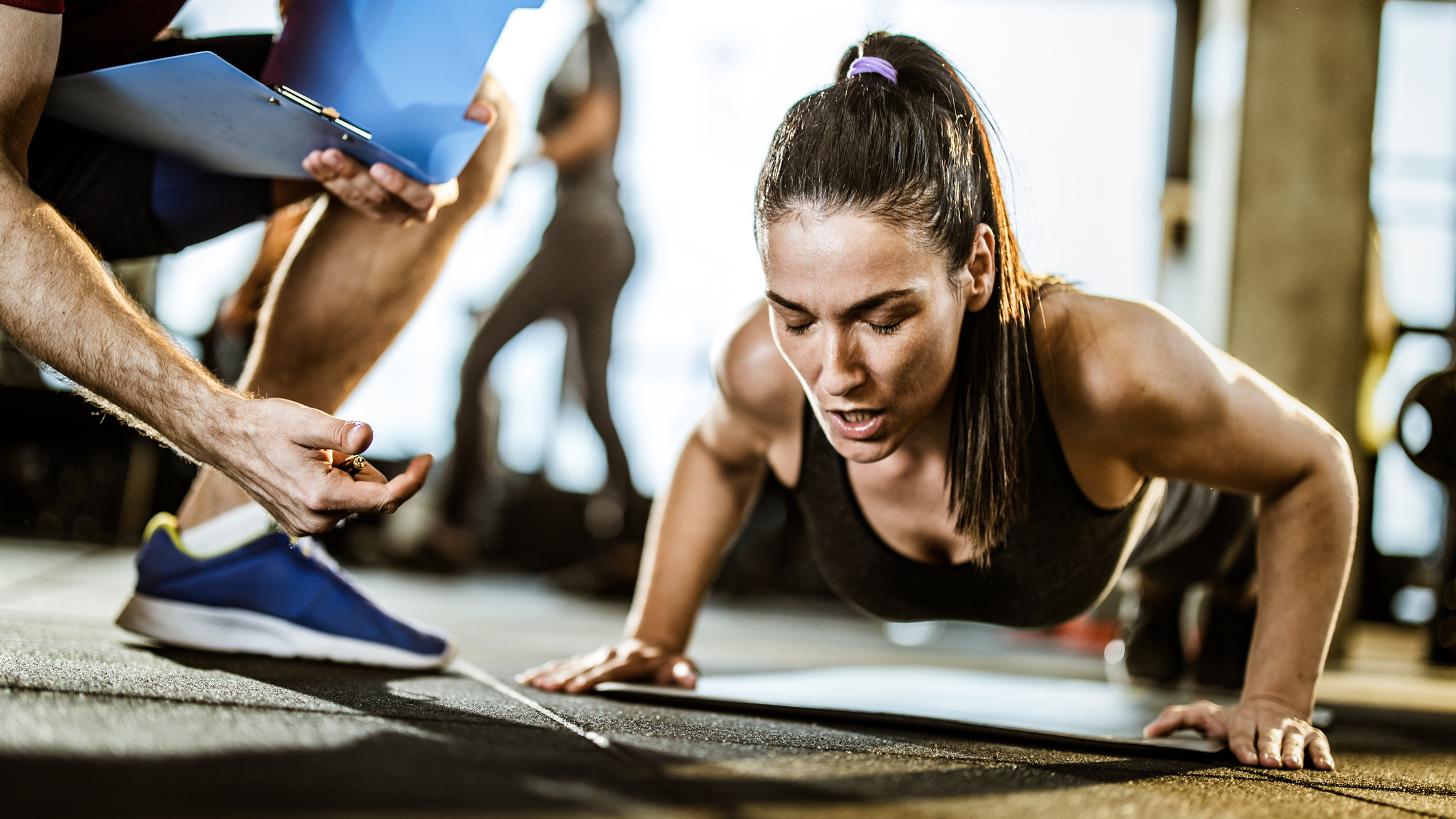
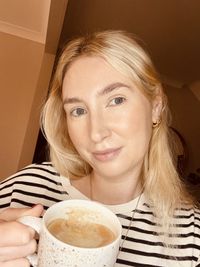
Since having my daughter almost two years ago, one of the more surprising things to come out of becoming a mum has to do with my exercise routine—it’s the most consistent it’s ever been.
Exercise for me has become something I need more than ever to feel myself again. It supports my mental health, allows me to have some time to myself and, of course, rebuilds my strength and fitness after pregnancy.
For me, strength and fitness is now about having the power to lift my toddler and run around after her for years to come. So when I heard about a longevity fitness test, my interest was piqued. How has all my hard work been paying off over the past year?
What did I have to do?
The longevity test at Hooke Fitness, a gym and preventative health clinic based in London’s Mayfair, examines five components.
It begins with an InBody body composition analysis to identify muscle mass and visceral fat levels. The test moves on to tests of strength, muscular endurance and balance, with results compared against population norms and training recommendations made based upon your results. It finishes with a VO2 max test, widely considered to be the gold standard for measuring cardiovascular fitness and aerobic capacity, with the result used to design personalised heart rate training zones.
Here’s what I learned from my test.
1. My muscle mass could be improved
The InBody scan showed that my muscle mass reading sits in the 46th percentile for my age and sex, and “is associated with maintaining functional independence, but suboptimal metabolic health outcomes,” my report reads.
Start your week with achievable workout ideas, health tips and wellbeing advice in your inbox.
To improve this, I should focus on full-body resistance training with moderate to heavy loads. This is a helpful reminder. While I love lifting weights, I’ve been neglecting my usual pure weights sessions in the gym in favour of HIIT classes lately.
2. My grip strength was surprisingly good
Stronger individuals tend to live longer, points out Aaron Deere, health and performance director at Hooke. “The strength tests we use—grip strength and press-up capacity—are both validated, practical markers of overall strength and have been shown to predict life expectancy and all-cause mortality independently of other health factors,” he explains.
Grip strength, specifically, is a widely recognised proxy for total-body strength, reflecting both muscular function and neuromuscular health, he adds.
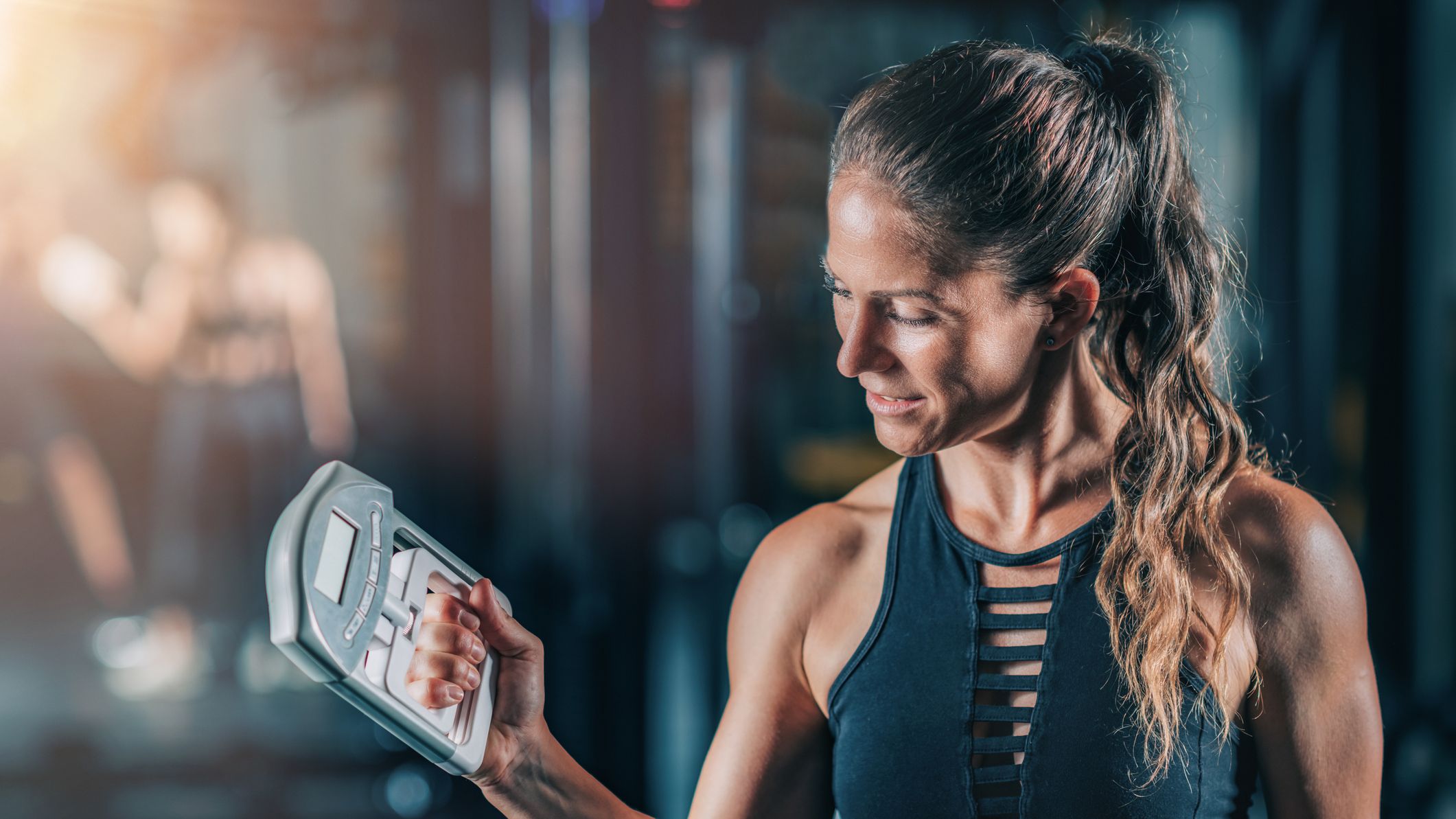
We used a professional-grade hand dynamometer to measure my grip strength for my test. Averages vary by age and sex. My results were 40.2kg on my left hand and 39.2kg on my right hand, which notched in the 96th and 94th percentile, respectively, according to Hooke.
“This is associated with optimal functional strength, mobility and physical resilience,” my report reads. “Grip strength in the 90th percentile and above is associated with strong protection against cognitive decline and a substantially reduced mortality risk.”
To maintain good strength and grip capacity, I’m again prescribed heavy strength training, with a particular focus on high grip demand (things like deadlifts, cleans, pull-ups with added load), along with exercises focusing specifically on grip endurance and grip power such as heavy loaded carries.
3. My strength endurance needs some work
Next up, it was push-ups performed with the added demand of tempo. Unlike grip strength, which measures a maximal output with a singular repetition, this measures strength endurance, my tester Thanos Tzoumaris explains. “So how many times can you manipulate your bodyweight in a particular tempo—doing a full press-up every second—which helps us standardise the test.”
This is harder than it sounds. I managed nine in total on my knees, which puts me on the 15th percentile. “Your current press-up strength is associated with early signs of diminished upper-body strength and muscular endurance, which is linked to increased incidence of cardiovascular issues and metabolic syndrome,” my report reads.
I, like many women, have always found push-ups challenging, and have never really given them the attention I should. To improve my muscular endurance, my report recommends including push-ups with progressive volume increases, compound upper-body exercises (such as a bench press and overhead press) and core-strengthening work.
4. Balancing on one leg with eyes closed is much harder than it looks
As you age, balance becomes even more important. “It’s a dictator of healthspan and lifespan,” says Deere. “If you can recover from that slip on the stairs without falling, that’s the difference between an injury and avoiding one.” Your balance reflects the integration of neuromuscular function, proprioception (your body’s internal sense of position), strength and coordination, he explains. “All systems that decline with age, increasing the risk of falls, fractures and mobility loss.”
As a keen yogi, who practises at least once a week without fail, I usually feel comfortable standing on one leg and enjoy testing my balance in tree or dancer pose. But with eyes closed? It’s a completely different ball game, and something I never really do.
Embarrassingly, I manage 14 seconds on my left leg and only seven on my right. According to my report, these balance scores are associated with sufficient balance for daily activities, but make me vulnerable to age-related decline.
We typically rely on our vision to balance, so taking away this sense tests a new dynamic, Deere explains. The fact that I can balance easily on one leg with eyes open is a good sign, “but ultimately, balance is a skill and it’s about practising under different dynamics.”
To improve my score, I should integrate static and dynamic balance drills into my fitness routine. That could be balancing on one leg with eyes closed, or while trying to catch a ball or on an unstable surface like a Bosu ball, for example. Compound lower-body strength exercises and ankle stability work will help, too.
5. I should have more confidence in my aerobic fitness
VO2 max measures the maximum amount of oxygen you use during intense exercise, giving an insight into cardiovascular fitness and performance capability, with research suggesting lower VO2 max scores are linked to a higher risk of cardiovascular disease, developing chronic illness and even all-cause mortality. Deere describes it as “the machinery of your cardiovascular system.”
This one was a little intimidating. The test involves running on a treadmill, gradually increasing the speed, until you feel you can run no more, while wearing a face mask that measures my inhalations and exhalations. It felt like an exercise in mental toughness.
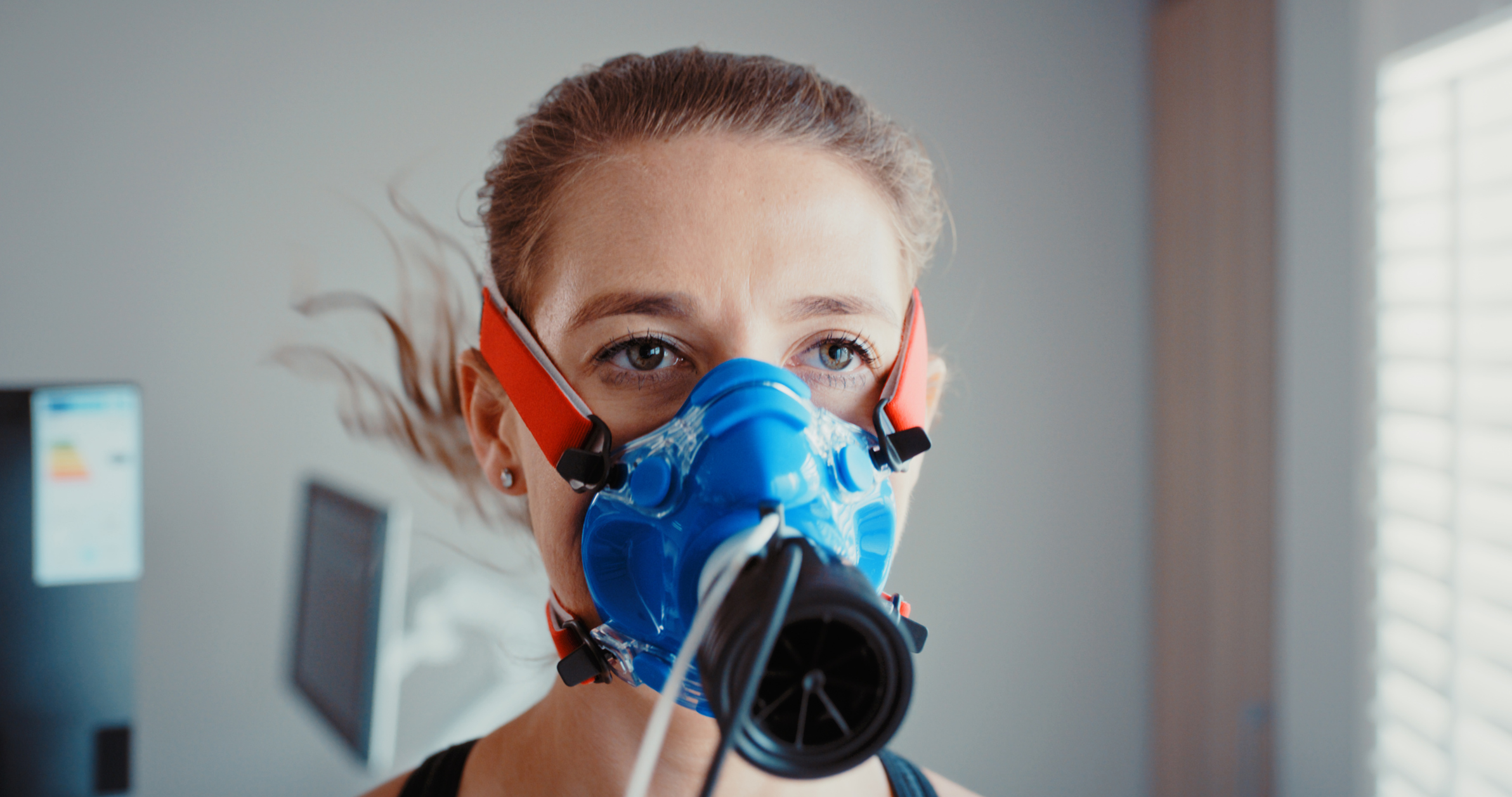
The type of mask commonly used to test VO2 max
I’m no pro runner, but on reflection, cardio does feature consistently in my weekly routine. I now cycle everywhere, swim usually twice a week and partake in HIIT classes two to three times a week. It turns out those sprint intervals on the treadmill are paying off. Even so, I was surprised to discover my VO2 max of 45.9ml/kg/min was in the excellent range.
The test also gave me a detailed breakdown of my heart rate range within the cardiovascular fitness zones, depicting the exact range I’m in during fat-burning mode versus carb-burning, for example.
To build upon this, I’m encouraged to maintain a balance of aerobic and strength training, but also consider setting myself an endurance fitness goal such as a race or triathlon—something I never felt I’d have the fitness to do.
The takeaway
I’m reassured by my current strength and fitness levels, but there are certainly areas to improve. More than anything, my results suggest I’m perhaps less confident in my own physical capabilities than I should be.
Longevity fitness testing has felt empowering, and served as a reminder that while of course genes play a key role when it comes to lifespan, regular exercise can make a meaningful difference to your healthspan.
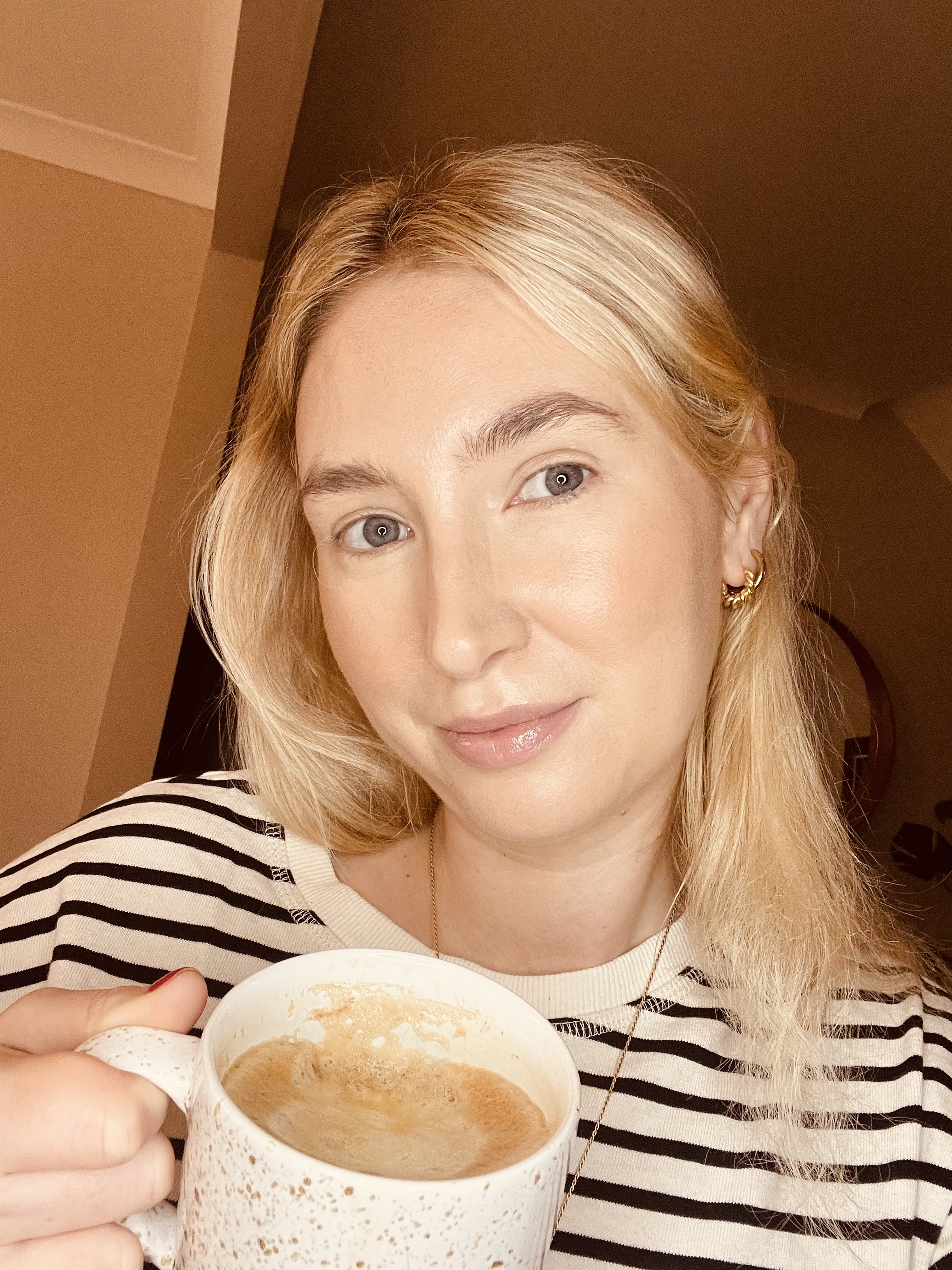
Rosie Fitzmaurice is a health, fitness and beauty journalist and editor, writing about issues related to women’s health, nutrition, exercise, longevity, and sex and relationships.
A Pilates and strength training devotee, cold shower and sauna obsessive, with a very specific coffee order, she loves nothing more than putting the latest wellbeing trends to the test and interviewing scientists and experts to debunk common wellness myths.
You must confirm your public display name before commenting
Please logout and then login again, you will then be prompted to enter your display name.